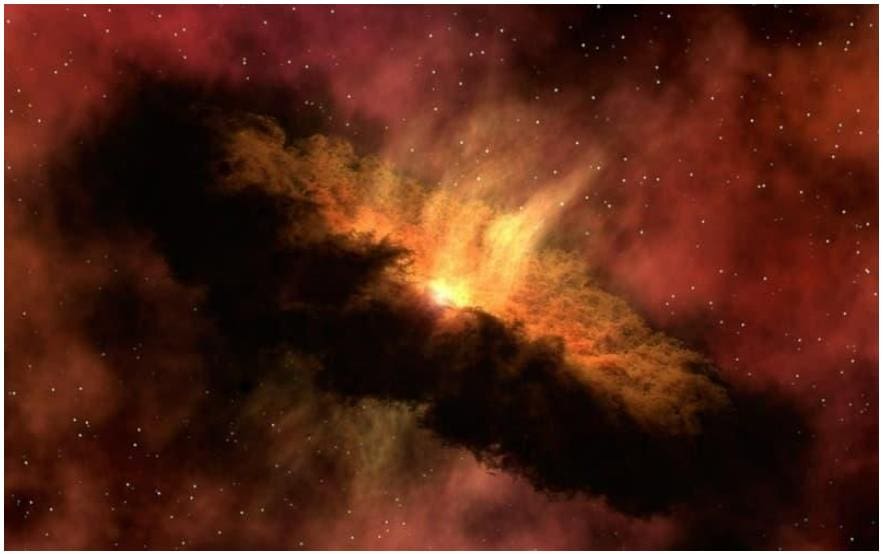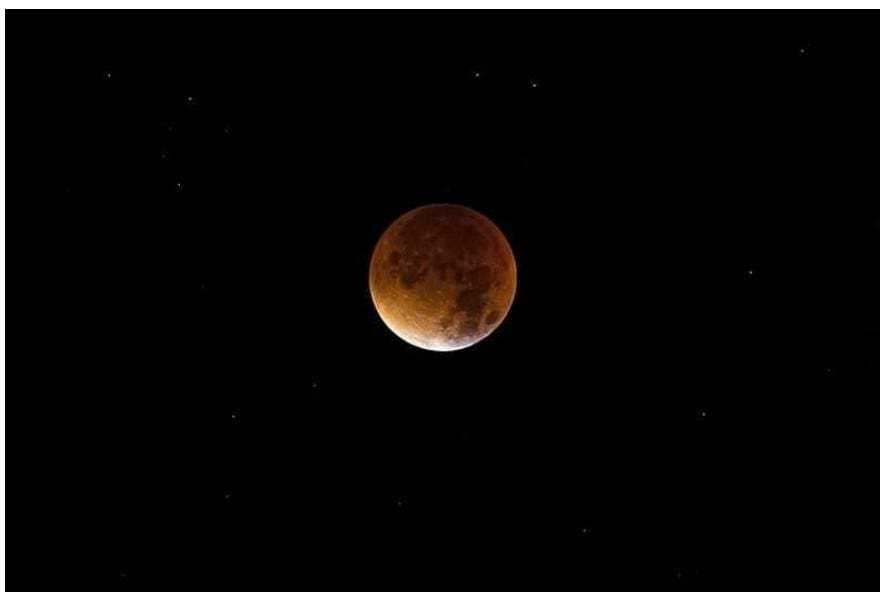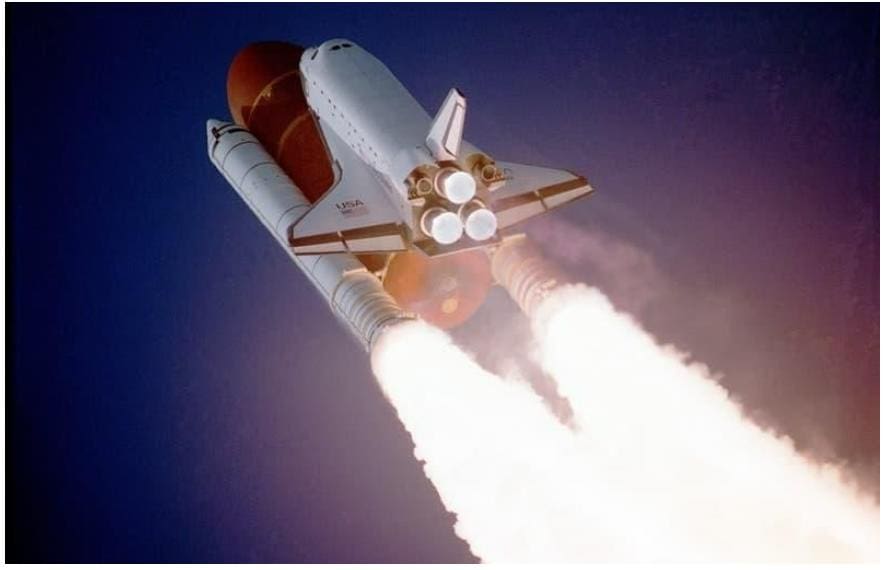A Galaxy Outside the Milky Way: Andromeda

The Andromeda Galaxy was discovered in 1923 by the American astronomer Edwin Powell Hubble.
The name of Hubble, one of the greatest proofers of the Big Bang theory, was given to the famous Hubble Space Telescope.
First Satellite Sent into Space
Launched into space by the Soviet Union in 1957, Sputnik 1 is the first man-made instrument to function outside Earth.
Sputnik 1, which only broadcasts radio waves, was sent from Kazakhstan with an R-7 rocket and remained in orbit for about 1 year.
First Photograph of the Unseen Side of the Moon

In 1959, Luna 3, sent by the Soviet Union, orbited the Moon and took pictures of its back surface.
First Man & Woman to Space
The first man to go into space was Yuri Gagarin, who orbited the Earth in Vostok 1, launched by the Soviet Union on April 12, 1961. Gagarin’s journey took 1 hour and 45 minutes.
The first woman to go into space was Valentina Tereshkova, who went into space on the Vostok 6, launched by the Soviet Union on June 6, 1963.
First Manned Spacecraft

Mercury 6, launched into space by the United States in 1962, is the first manned spacecraft to orbit.
First Tourists
American businessman Dennis Tito, who traveled to the International Space Station on April 28, 2001 with the Soyuz TM-32, is the first space tourist.
Firsts About Other Planets
Launched by the Soviet Union in 1967, the Venera 4 spacecraft reached the planet Venus and became the first vehicle to conduct interplanetary broadcasts by examining the atmosphere of a planet other than Earth.
Launched by the USA in 1971, the Mariner 9 spacecraft reached the planet Mars and became the first vehicle to orbit another planet.
Atmosphere of Osiris
In 2001, the Hubble Space Telescope discovered an atmosphere outside the Solar System for the first time, by discovering that the planet named Osiris, located outside the Solar System, has an atmosphere composed of hydrogen.

